Jabra Insider: The sound lab
by Daniel Gniazdo | January 17, 2017
To most people, a headset is just one of the many gadgets they use on a daily basis. Yet it takes an impressive amount of testing and development to get that headset into your hands and make sure it works as expected.
In our “Jabra Insider” series, you get a behind-the-scenes look at the often fascinating journey a headset makes from an idea to your ear. The first chapter of the series talked about headset comfort.
Today’s post is all about sound: How does Jabra make sure your headset sounds great on both ends of the call and performs well in noisy and windy conditions?

When you buy a headset, you naturally expect it to not sound terrible. That seems obvious, but you might not realize just how many different sound tests Jabra headsets go through to live up to their promise of great quality sound.
Most of those tests happen in a cozy place tucked away within the Jabra headquarters in Ballerup, Denmark. That place is the research lab. Inside the lab are plenty of specialized rooms where acoustic engineers perform tests, calibrate antennas, and throw wild disco parties (I assume). One of these test engineers, Søren Christensen, was kind enough to introduce me to this world of sound testing and give me a guided tour of the sound lab.
I’ll try to do the same for you.
Meet HATS
First things first: Let me introduce the irreplaceable manikin that stands in for the “Average Joe” during almost every sound test. His name is Head and Torso Simulator, but he prefers his cool street nickname, HATS.

HATS sports built-in ear and mouth simulators – that is, specially calibrated microphones and speakers. He also does a solid job of reproducing the average human head and torso. Sound engineers use HATS to avoid having to drag an actual person into different test chambers. Kidnapping is usually frowned upon. Besides, using a person for sound tests isn’t ideal: You can’t reproduce the exact conditions from one test to another. As Søren puts it:

While HATS comes equipped with standardized ears right out of the box, the Jabra team has a number of in-house ear molds that can be fitted onto HATS in order to evaluate the impact of different ear shapes and sizes on headset performance.
So where exactly does HATS go during his busy workdays? Lots of places, actually. Like…
Reference test chambers
Reference chambers simulate specific, replicable conditions in order to accurately compare the performance of headset components.
Anechoic chamber
The purpose of this chamber is to create almost complete silence. It’s perfect for testing microphones without interference from random sound waves. The anechoic chamber is covered in absorbent foam shapes that dissipate all sound waves instead of reflecting them like most regular surfaces do.

It’s not a fun place to spend your time. In this post, my colleague Peter Hartmann does a great job of describing the unnerving, eerie feeling you get in this land of total silence. That’s another good reason for engineers to use HATS: He is far less likely to get auditory hallucinations after being locked in the anechoic chamber for hours on end.
Reverb chamber
The reverb chamber is the polar opposite of its anechoic cousin. It reflects all sound waves and spreads them in every direction. The reverb chamber has no parallel surfaces, so it avoids creating standing waves. It’s covered in hard, reflecting materials and uncorrelated sound sources: eight loudspeakers and eight generators. As a result, it can quickly create a diffuse field of truly randomized sound waves of different frequencies.

The reverb chamber is a great way to test noise-cancelling headsets, because the noise it generates is fully controllable and can be kept the same between tests.
Real world simulations
Very few of us live inside anechoic or reverb chambers. That’s why, in order to test situations we actually experience on a daily basis, sound engineers have a few environments that can recreate the real world.
Listening room
This one’s designed to closely mimic the sound properties of a typical living room. Placing HATS here is sort of like plopping him on the sofa in front of a TV with a bowl of popcorn. The listening room is great for testing the performance of both speakers and headsets under real-world conditions.

Yet that’s not all the listening room does. Here, test engineers can also use specially calibrated signals to artificially simulate almost any sound environment: cafeteria, pub, street, office, train noise, you name it. These can be invaluable for testing just how well a headset with active noise cancellation deals with unpredictable, random noise situations.
Car cabin
There’s one environment that the listening room is poorly suited for: the car. A car is quite a special beast. The car cabin is a small space that has many reflecting surfaces. It’s very different from a living room. You’ve been inside a car; you know what I’m talking about. So how do you test it? Why, you cram HATS right inside a literal car, of course!

Once HATS gets comfortable and straps on his seat belt, test engineers blast him with noise that simulates driving at various speeds in different car models. Ideal for testing how headsets and in-car speakerphones cope with noise.
Wind tunnel
I’ve already talked about the challenges of designing headsets that reduce wind noise. Another challenge is testing them. That’s why the research lab has its own wind tunnel. Of course.

The turbine can generate winds of up to 14 meters per second, or about a moderate gale on the Beaufort scale. However, engineers rarely test headsets at speeds above 6 meters per second; most headset microphones can’t really cope with wind turbulence beyond that point.
But wait, there’s more
We’ve now looked at the most essential rooms for sound testing. But the research lab has a lot more nifty testing equipment. Far too much to cover in a single post. There’s an EMC test chamber that is sealed off from outside electromagnetic interference, an antenna test chamber, an RF shielded room that absorbs radio waves much like the anechoic chamber does with sound, and much more.

Test engineers use laser vibrometers to measure mechanical vibrations caused by sound waves, perform density tests on wireless headsets, and run special ACQUA software to test headset compliance with Skype for Business and other communications platforms.
So the next time you’re on a call with a friend, spend a moment appreciating the sheer amount of sound testing your headset has gone through. Then send a silent word of thanks to the test engineers and their best buddy, HATS.
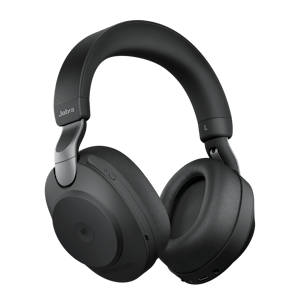

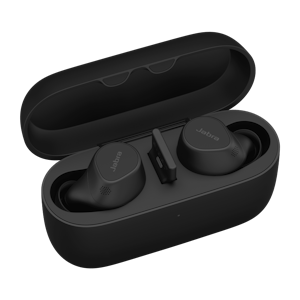
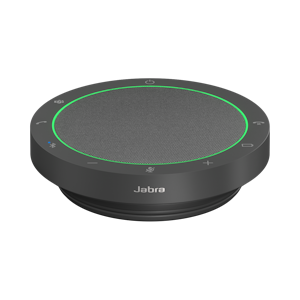

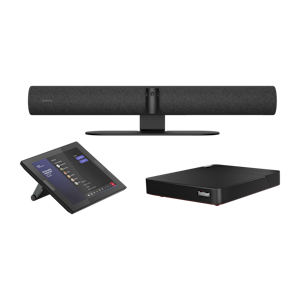




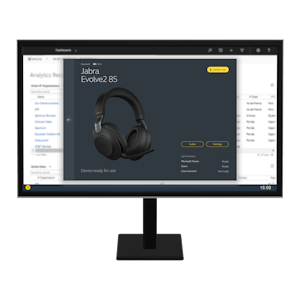
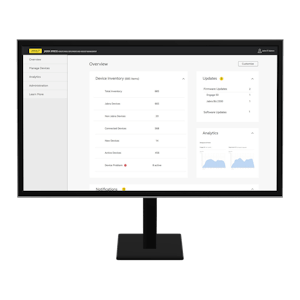
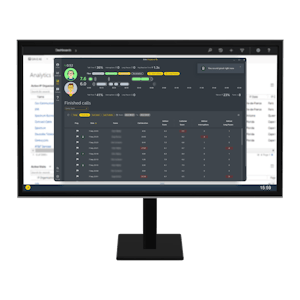

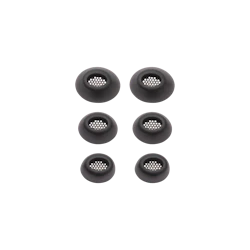
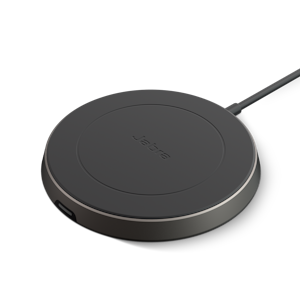

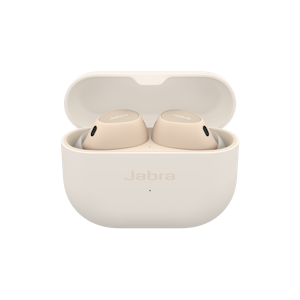
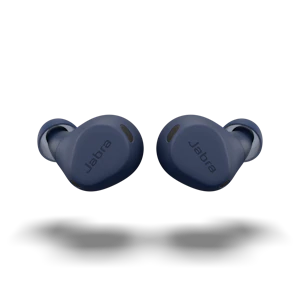
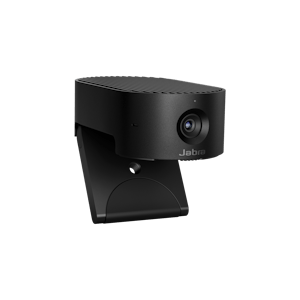








 {{product.productName}}
{{product.productName}}

